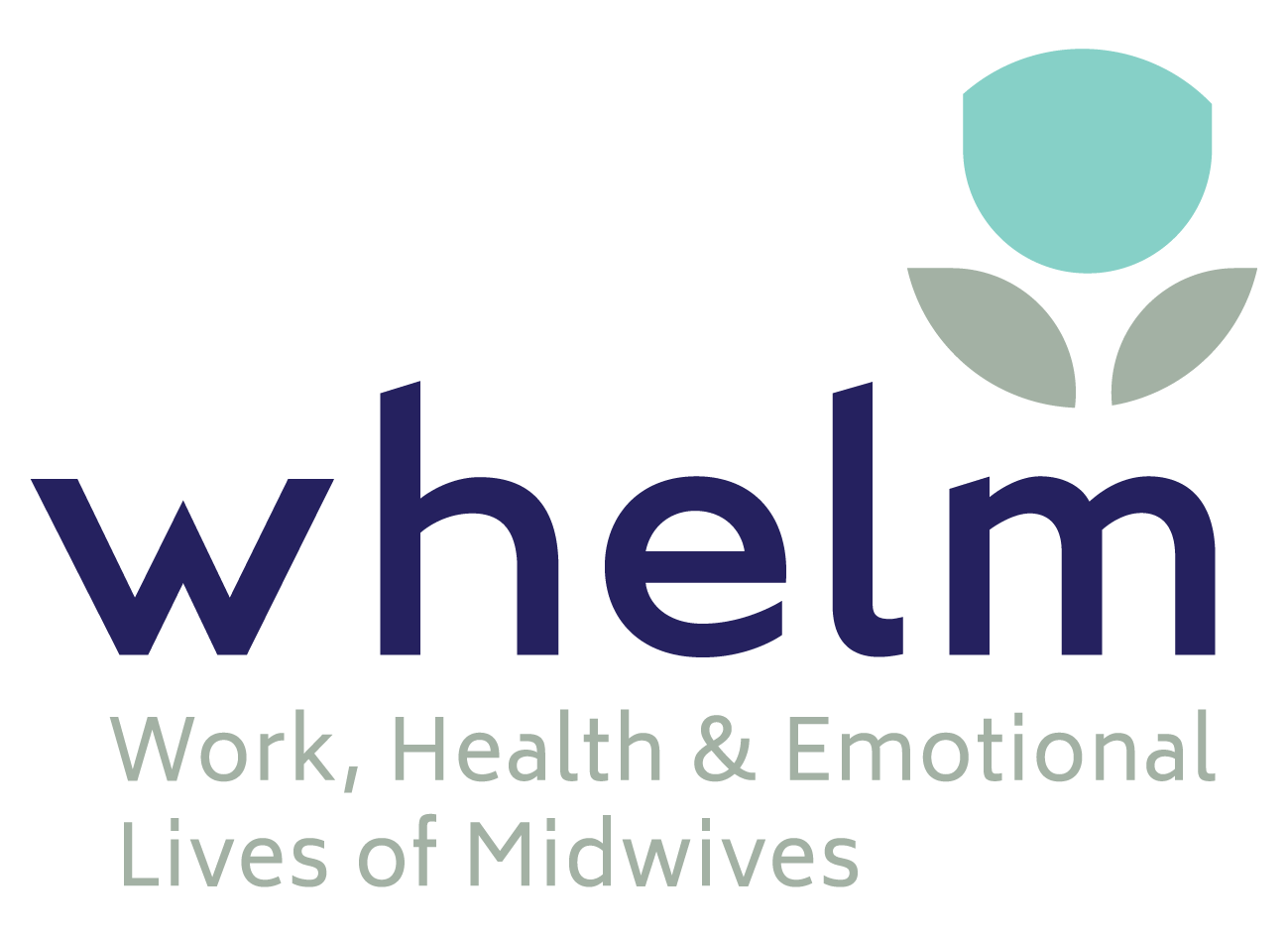Induction of labour, epidural analgesia, and caesarean section are now common themes in many women’s birth stories. Women are often fearful of childbirth which may drive them to seek out medical intervention without a medical reason (Nilsson et al., 2018). Indeed, fragmented hospital maternity care supports the view that pregnancy and birth are inherently dangerous and require management and control. From this perspective, labour pain is viewed as needing ‘relief’ and the use of epidural analgesia is seen as normal practice (Newnham, McKellar, & Pincombe, 2016). The community generally lack knowledge about normal birth and in particular, the benefits of physiological birth (Wong, He, Shorey, & Koh, 2017). However, having a vaginal birth with minimal interference has considerable benefits for women and their babies in both the short and long term.
Birth is a process best supported by a known and trusted midwife
Birth is a normal and deeply significant psychological and social event in a woman’s life – and in most instances does not require medical rescue or relief. Further, there is considerable evidence that birth is best supported by a known midwife who provides reassurance, nurturing and comfort (Walsh, 2006), so that a woman can work with pain rather than resist it (Leap, Sandall, Buckland, & Huber, 2010), and feel safe enough to ‘let go’ (Anderson, 2000). When women are supported in this way, birth has the potential to be positively transformative, producing a sense of inner strength, triumph, and bliss. These transformative experiences have a lasting impact on the woman’s sense of self (Schwartz et al 2015), confidence as a new mother (Fenwick et al 2015), and relationship with her newborn (Toohill et al 2014).
New theory explains the positive potential of birth-giving
While the subject of birth trauma is gaining traction, women’s potential to positively transform through birth is not well understood. New research has addressed this gap and developed new language that can facilitate women’s conversations about their experiences. PhD candidate Ella Kurz applied feminist theory to childbirth to develop a theory that explains the transformative power of giving birth (Kurz, Davis & Browne, 2021).
The new theory, Parturescence, describes the process of women ‘becoming’ through childbirth (Kurz et al., 2021). Positive transformation results in better psycho-social well-being after birth. Whereas negative transformation includes birth trauma and psychological injury following birth. Parturescence theory refers to lines of descent (activities that bring predictability and control in birth) and lines of ascent (activities which open new ways of thinking and being). Importantly, the challenging and destabilising parts of labour and birth – and how these are mediated by maternity care – are key to women’s positive or negative transformation (Kurz et al., 2021). Midwife-woman interactions can facilitate negative or positive transformation through birth (Kurz et al., 2021). Midwives need to have the motivation and capacity to support women to feel safe, loved, relaxed and unafraid during birth – but not all midwives behave this way (Allen, Kildea, Hartz, Tracy, & Tracy, 2017). Recent research has demonstrated the importance of midwives’ social and emotional competence to establish and maintain positive relationships (Hastie & Barclay, 2021).
What does this mean for women and maternity services?
Birth has intrinsic value for women and their babies – and this should be reflected in how maternity care is organised and provided. Women and the wider community should know that women benefit from the continuous supportive presence of a known and trusted midwife who can hold the space while they transform triumphant into motherhood. Importantly, when women are treated with respect and compassion, regardless of mode of birth, there is potential for positive transformation.
Highlighted research
Kurz, E., Davis, D., & Browne, J. (2021). Parturescence: A theorisation of women’s transformation through childbirth. Women and Birth. https://doi.org/10.1016/j.wombi.2021.03.009
References
Allen, J., Kildea, S., Hartz, D. L., Tracy, M., & Tracy, S. (2017). The motivation and capacity to go ‘above and beyond’: Qualitative analysis of free-text survey responses in the M@NGO randomised controlled trial of caseload midwifery. Midwifery, 50, 148-156. https://doi.org/10.1016/j.midw.2017.03.012
Anderson, T. (2000). Feeling safe enough to let go: the relationship between a woman and her midwife during the second stage of labour. In M. Kirkham (Ed.), The Midwife–Mother Relationship. Macmillan Press.
Fenwick J, Toohill J, Gamble J, Creedy DK, Buist A, Turkstra E, Sneddon A, Scuffham PA, & Ryding EL. (2015). Effects of a midwife psycho-education intervention to reduce childbirth fear on women’s birth outcomes and psychological well-being. BMC Pregnancy & Childbirth, 15, 284. https://doi.org/10.1186/s12884-015-0721-y
Hastie, C. R., & Barclay, L. (2021). Early career midwives’ perception of their teamwork skills following a specifically designed, whole-of-degree educational strategy utilising groupwork assessments. Midwifery. https://doi.org/10.1016/j.midw.2021.102997
Kurz, E., Davis, D., & Browne, J. (2021). Parturescence: A theorisation of women’s transformation through childbirth. Women and Birth. https://doi.org/10.1016/j.wombi.2021.03.009
Leap, N., Sandall, J., Buckland, S., & Huber, U. (2010). Journey to Confidence: Women’s Experiences of Pain in Labour and Relational Continuity of Care. Journal of Midwifery & Women’s Health, 55(3), 234-242. https://doi.org/10.1016/j.jmwh.2010.02.001
Newnham E., McKellar L., & Pincombe, J. (2016). A critical literature review of epidural analgesia. Evid Based Midwifery, 14(1), 22-28.
Nilsson, C., Hessman, E., Sjöblom, H., Dencker, A., Jangsten, E., Mollberg, M., . . . Begley, C. (2018). Definitions, measurements and prevalence of fear of childbirth: a systematic review. BMC Pregnancy Childbirth, 18(1), 28. https://doi.org/10.1186/s12884-018-1659-7
Schwartz L, Toohill J, Creedy DK, Baird K, Gamble G & Fenwick J. (2015) Factors associated with childbirth self-efficacy in childbearing women. BMC Pregnancy and Childbirth, 15:29.
Wong, C. Y. W., He, H. G., Shorey, S., & Koh, S. S. L. (2017). An integrative literature review on midwives’ perceptions on the facilitators and barriers of physiological birth. International Journal of Nursing Practice, 23(6). https://doi.org/10.1111/ijn.12602








